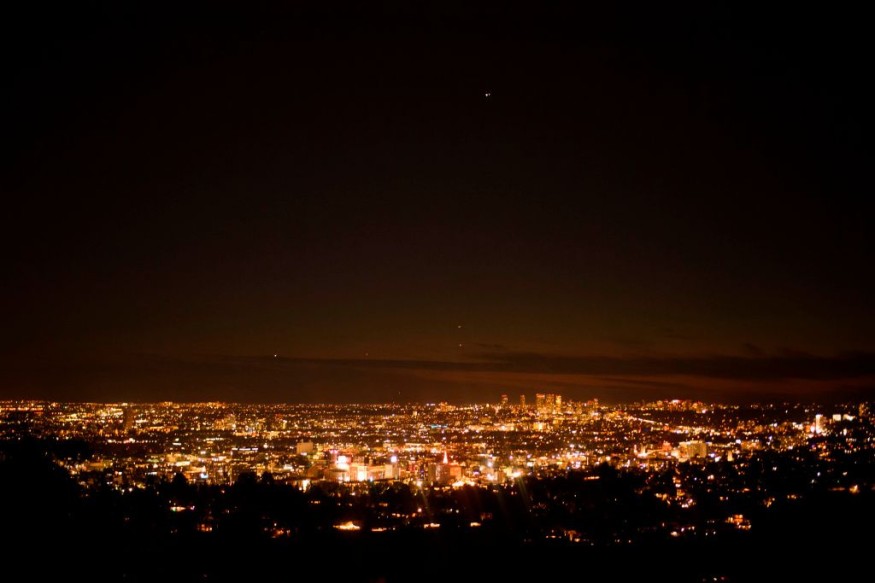If you've already spent a lot of time shoveling snow this year, you might be shocked to learn that winter hasn't officially arrived yet. The shortest day of the year, known as the winter solstice, fell on December 21, 2022, when the season will officially start in the Northern Hemisphere.
As the days become shorter and the temperature drops, the weeks leading up to the winter solstice may be lengthy. But Easter has also historically been a time of rebirth and joy, so it seems sensible that so many civilizations celebrate significant festivals at this time of year.

Winter Solstice 2022: Shortest Day, Longest Night of the Year
According to the U.S. Naval Observatory, Wednesday's winter solstice occurred at 4:48 PM ET.
Weather.gov explained that this phenomenon happens when the sun directly overhead the Tropic of Capricorn, 23.5 degrees south of the equator.
Each year, the winter solstice occurs on December 21 or 22, although the precise moment it begins varies every year.
Astronomical winter is thought to begin on the solstice.
According to NASA, the beginning of the Northern Hemisphere's meteorological winter season on December 1 coincided with the start of the Southern Hemisphere's summer.
The longest night of the year and the shortest day of 2022 are on December 21.
The Northern Hemisphere will only see eight hours and 46 minutes of daylight during the day, according to Space.com.
The longest day of the year occurs on June 21, which is the summer solstice.
ALSO READ : 4th of July Occurrence in the Solar System: Watch the Earth Today As It Reaches Aphelion
Why Winter Solstice Happens
Experts told Yahoo! News that the tilt of the planet Earth, where the poles either point towards or away from the Sun, is why daylight fluctuates throughout the year.
The seasons on earth are also a result of this tilt. As the North Pole moves farther from the sun throughout the winter, less sunlight reaches the globe's northern hemisphere. As a result, there are fewer daylight hours and lower temperatures.
Additionally, there are two "equinoxes" each spring and fall, in March and September. The equator is closest to the sun during these two times of the year, which results in 12 hours of sunshine for the whole planet.
While solstices and equinoxes (part of astronomical records) were formally documented by meteorologists' records, they were previously utilized to identify when seasons changed (hence December 1 instead of December 21).
Why People Celebrate Solstice
Tansu Daylan, a former TESS postdoctoral associate at MIT, told Wired that people give the winter solstice a lot of significance since the sun is revered and its position on the celestial sphere as a function of time throughout the year is crucial.
Food plays a significant role in many winter solstice customs that aim to unite families and communities. It's possible that mince pies were served during Stonehenge feasts. The rice dumpling called tangyuan, frequently filled with black sesame paste, is a staple of the Chinese Dongzhi festival.
Despite being observed earlier in December, St. Lucia Day has its roots in Scandinavian traditions that date back to the winter solstice. As part of St. Lucia Day celebrations, people eat buttery saffron buns that have been twisted into the shape of an S and decorated with raisins.
Families gather to commemorate Shab-e Yalda on the winter solstice in Iran and the surrounding nations. The winter solstice is a time to reflect and enjoy excellent cuisine with those you love. Take a deep breath and pause on December 21 while you watch it, whether at Stonehenge or just sitting on your balcony.
RELATED ARTICLE : See Triple Planets Light Up the Sky As Venus Reach the Farthest From the Sun Tonight
Check out more news and information on Space in Science Times.











